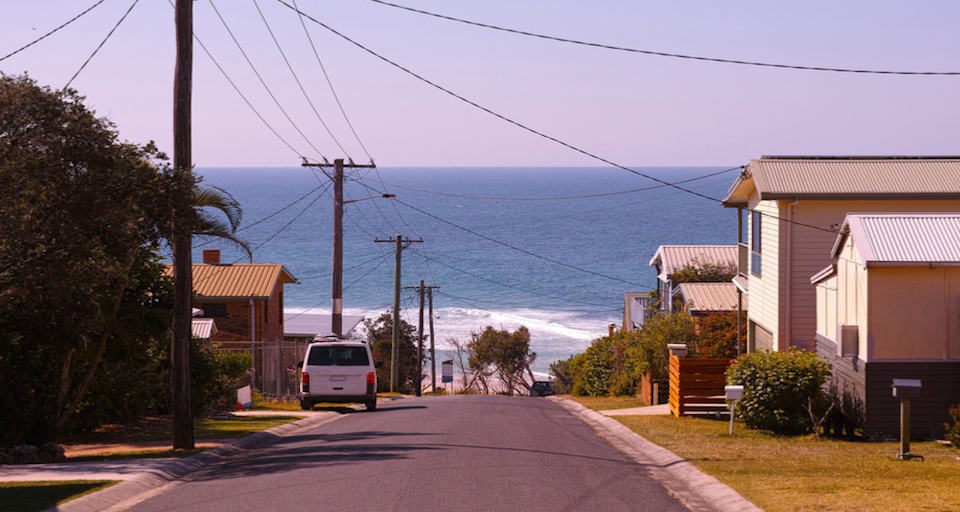- The first step is making the call.
- 1300 022 482
- hello@searchpartyproperty.com.au
Property Co-Ownership. We share clothes, jobs, cars why not houses?

Property Co-investing is where two or more people share ownership of a property. Something that we are seeing increasingly. First home buyers co-investing with friends and family has increased from 7.9% in 2014 to 9.2% in 2016, (as indicated by a Mortgage Choice Spokesperson).
Why is co-investing increasing? We all understand affordability has a bit role to play. Particularly if you live in Sydney. However, it’s also worth mentioning the sharing economy / collaborative economy. Which in Australia grew by $1b or 68% from 2014/15 to 2015/16. Irrespective of whether affordability drove the sharing economy, it’s fair to say that we are a lot more open to the notion of sharing and the accessibility and flexibility benefits that come with it.
The benefits of co-investing are first and foremost getting into the market. It was once stated in a property publication that it can take 14 years for a first home buyer to buy a property. It’s a number. And it’s a big number. Everyone’s situation is different. However, it can take quite a bit of time if you don’t know what you are doing, what you need, how you plan and what are the initial steps you should take.
(If you need help on getting started, click here for some tips. How to get started in property investing.)
In saying that, in some cases, property ownership may be completely out of reach. They have taken themselves out of the game. Accepted the position of not being a homeowner. It’s a reality that some people won’t be able to buy on their own. Or so they thought. In comes co-investing. A solution that could be the next best thing… or could it be actually better?
The ongoing benefits of property co-ownership also include: increasing your borrowing capacity, potentially avoiding lenders mortgage insurance and sharing ongoing operating costs, e.g. rates, insurance, maintenance. In the current lending environment, where people are finding difficult to have loans approved, co-ownership could provide an earlier entry into the market, than solo ownership could provide.
A very recent startup in the real estate co-ownership space is Kohab. Kohab helps you to: engage with the right co-ownership partner, find the property, provide mortgage options, insurances and legal agreement, exit plans.
Considerations if you are thinking about property co-ownership:
1 – Treat it as a business agreement. Irrespective of who you are buying with. If it’s a partner, friend, parent, sibling, set-up a legal agreement with an independent solicitor.
2 – Make sure the terms & conditions are set-up to include ‘What if’’ scenarios. For example ‘What if you and your partner separate? What if your sister separates from her husband? What if you lose your job?
3- Be clear on what, why and how are you buying: What type of investment are you buying? Who is deciding on the purchase? What are the voting powers? What is the term of the agreement? When do you sell? What if someone wanted to get money out early? Who is actively managing the property or portfolio? How often to do you meet to discuss?
4 – Taking a long-term strategic approach will pave the way for being less reactiveness.
5 – Like-minded thinking (though this could change) is favourable.
6 – Be very clear about who is managing the investment and how will that person be remunerated/supported.
7 – Be very clear about your position. Are you a silent partner, administration, etc.
8 – Think about looking for going into property co-ownership with someone who has a complementary skill set.
If you would like to talk co-investing, or anything and everything property investing, lets connect.




